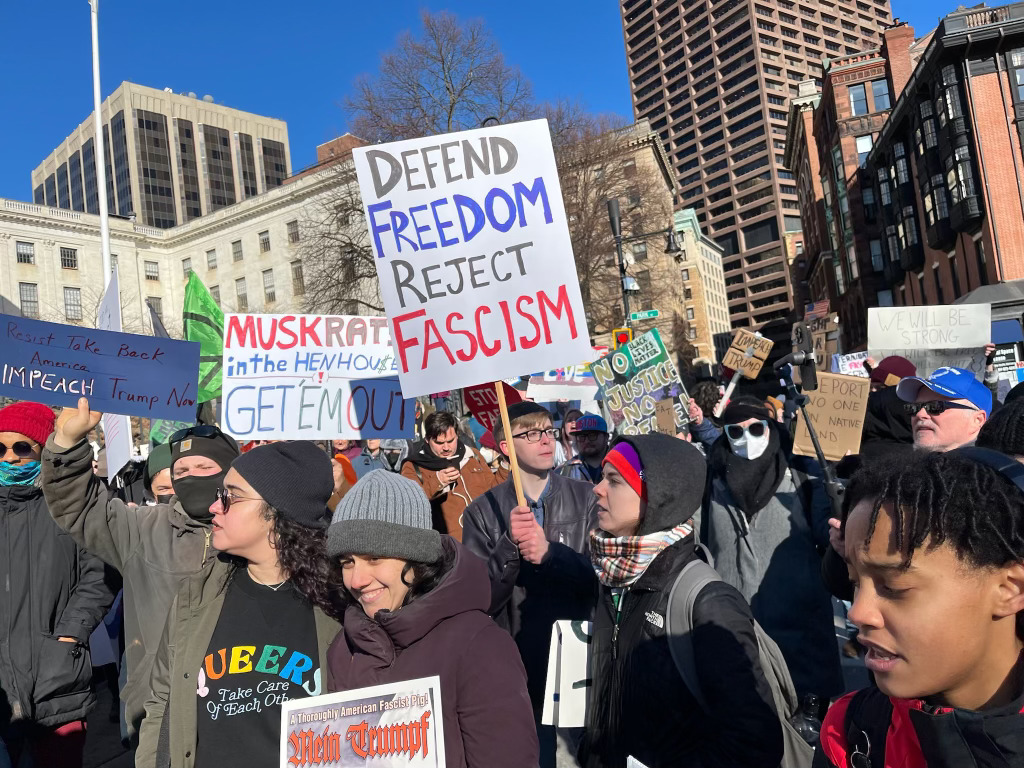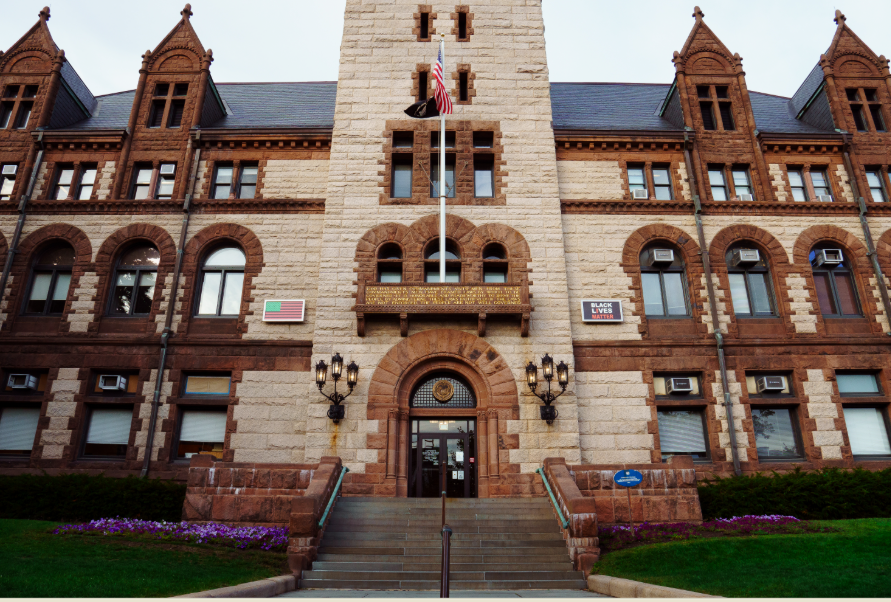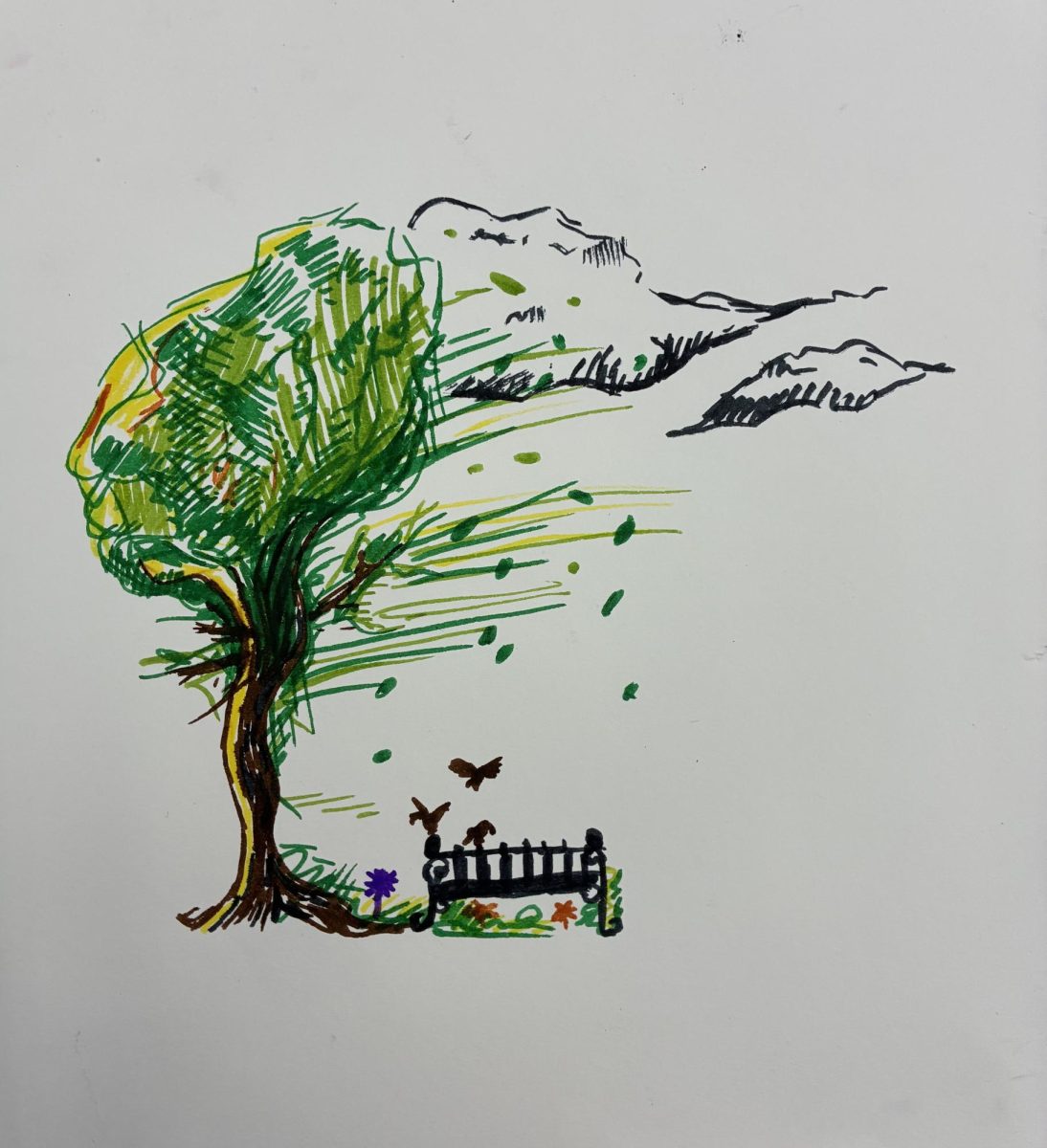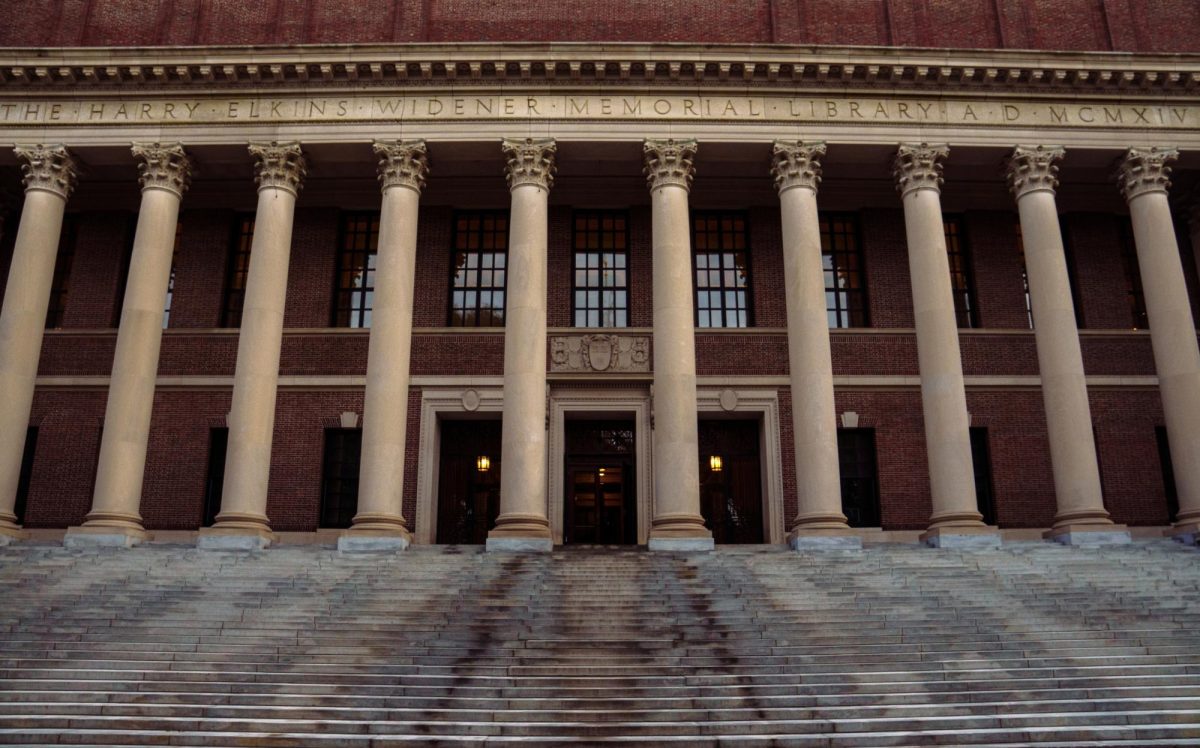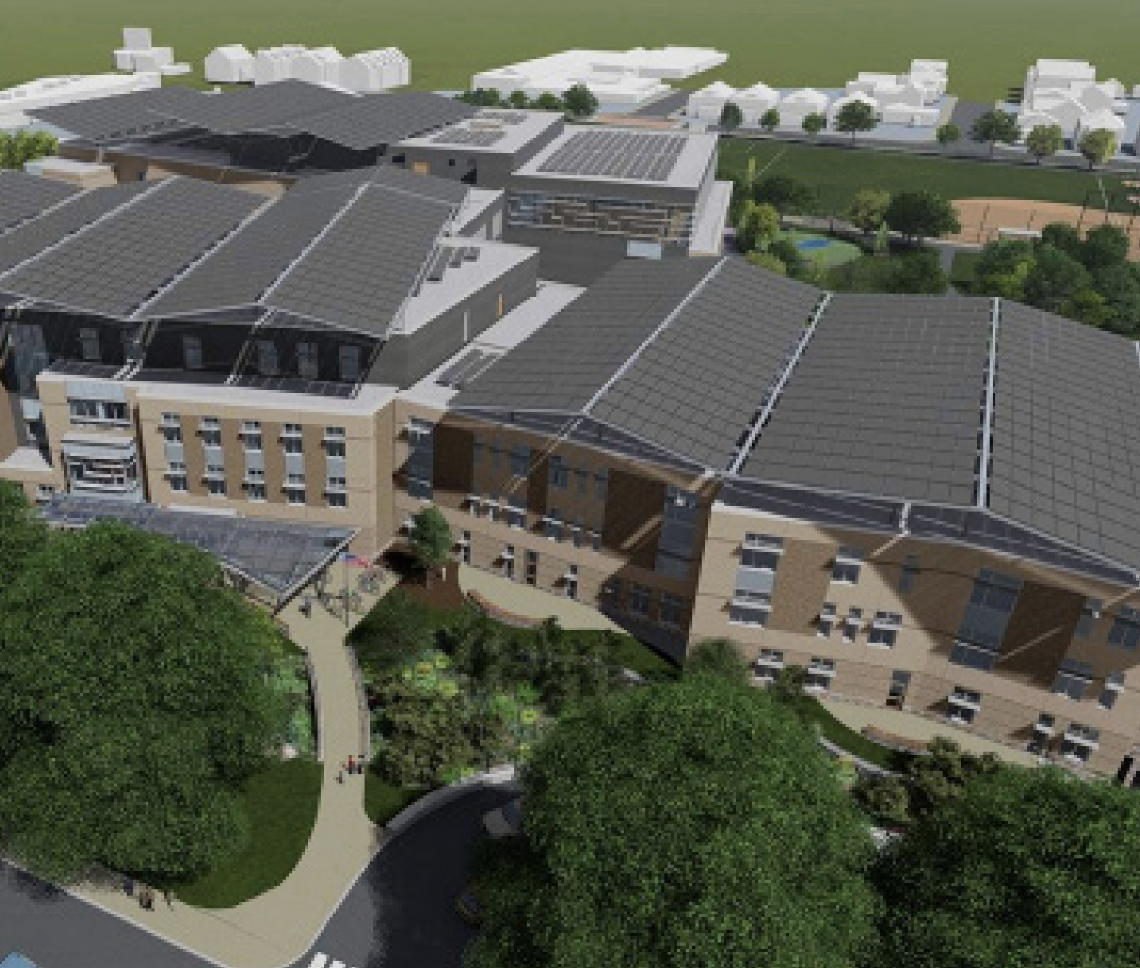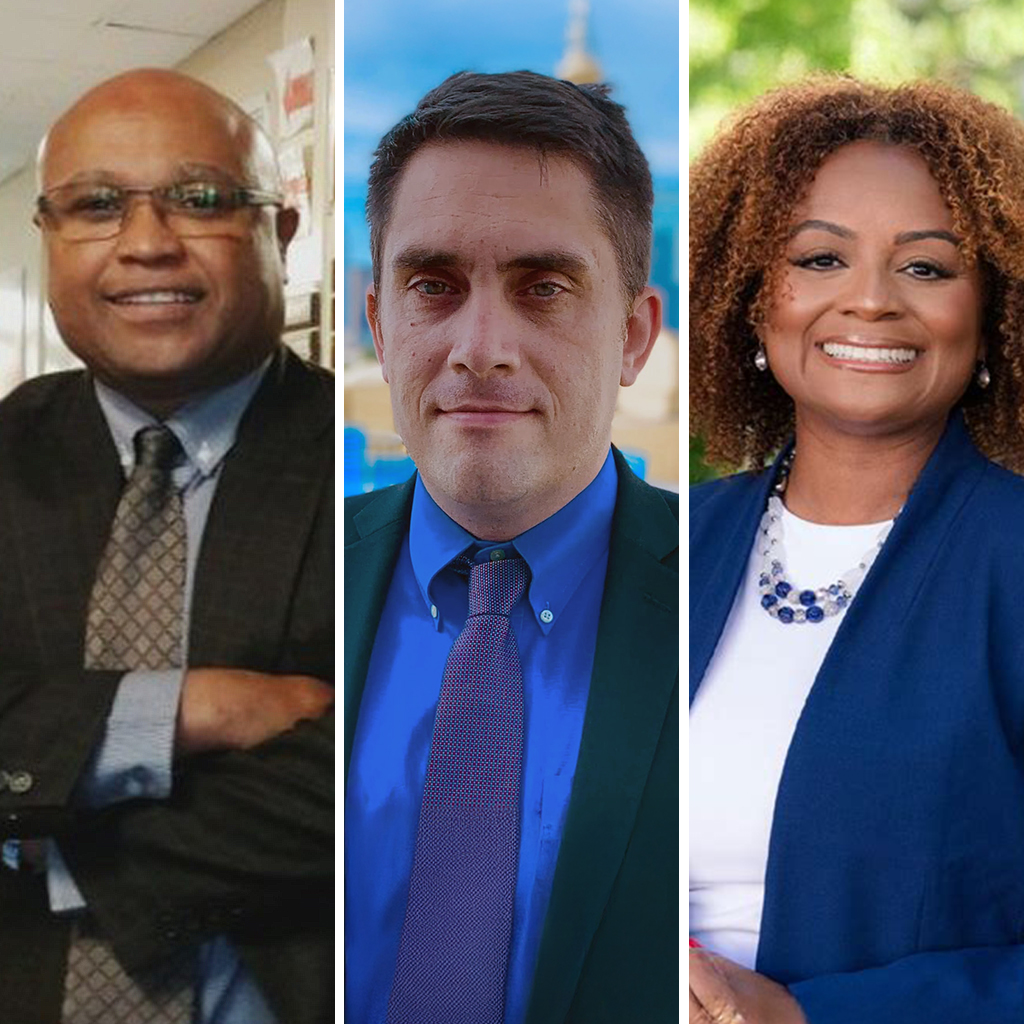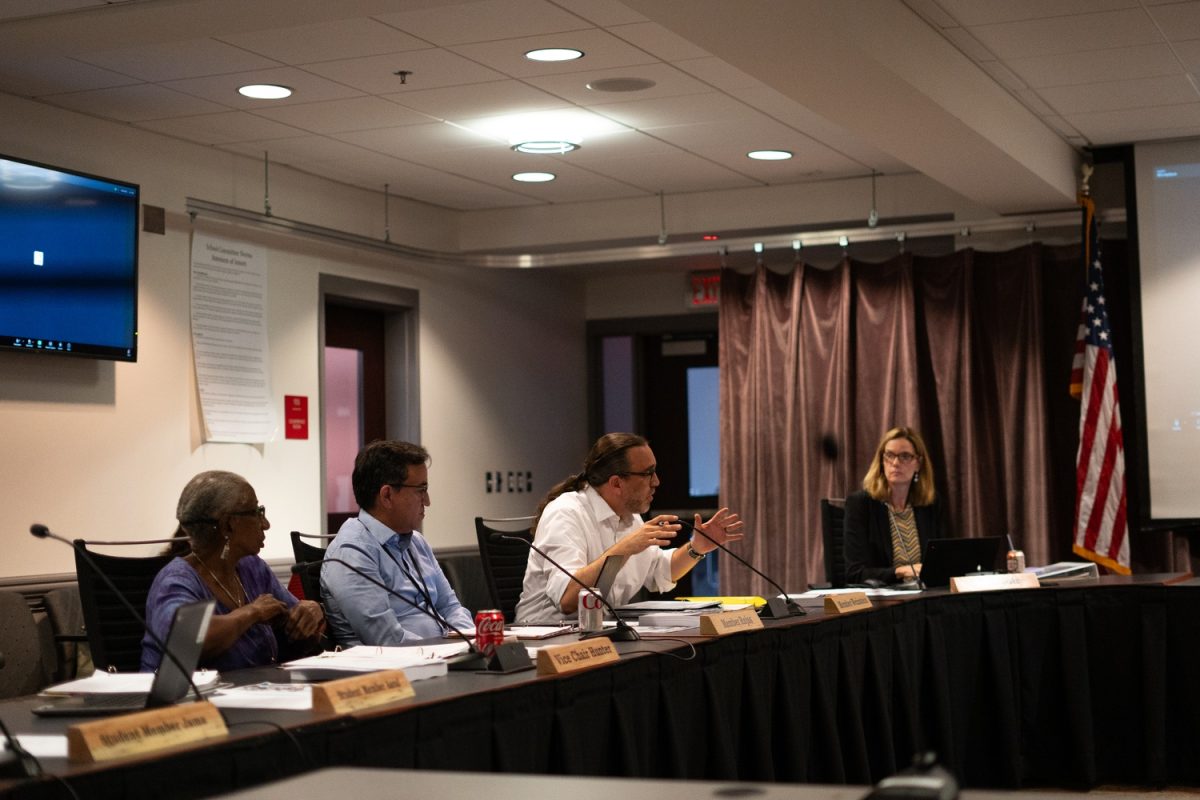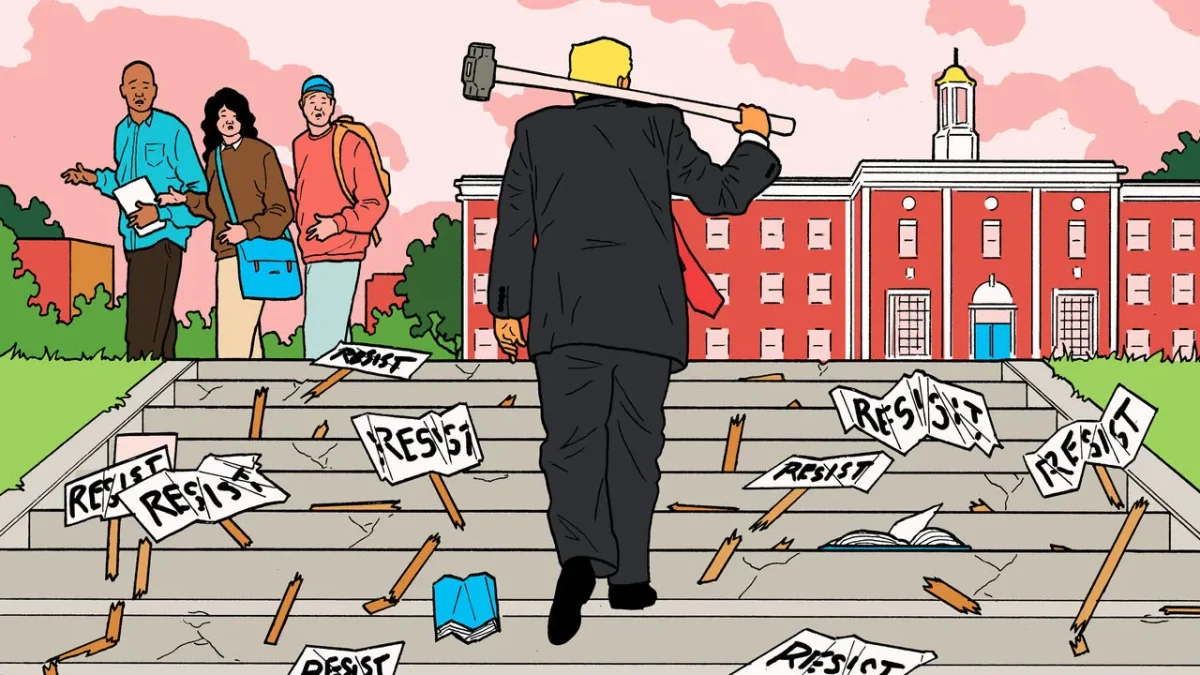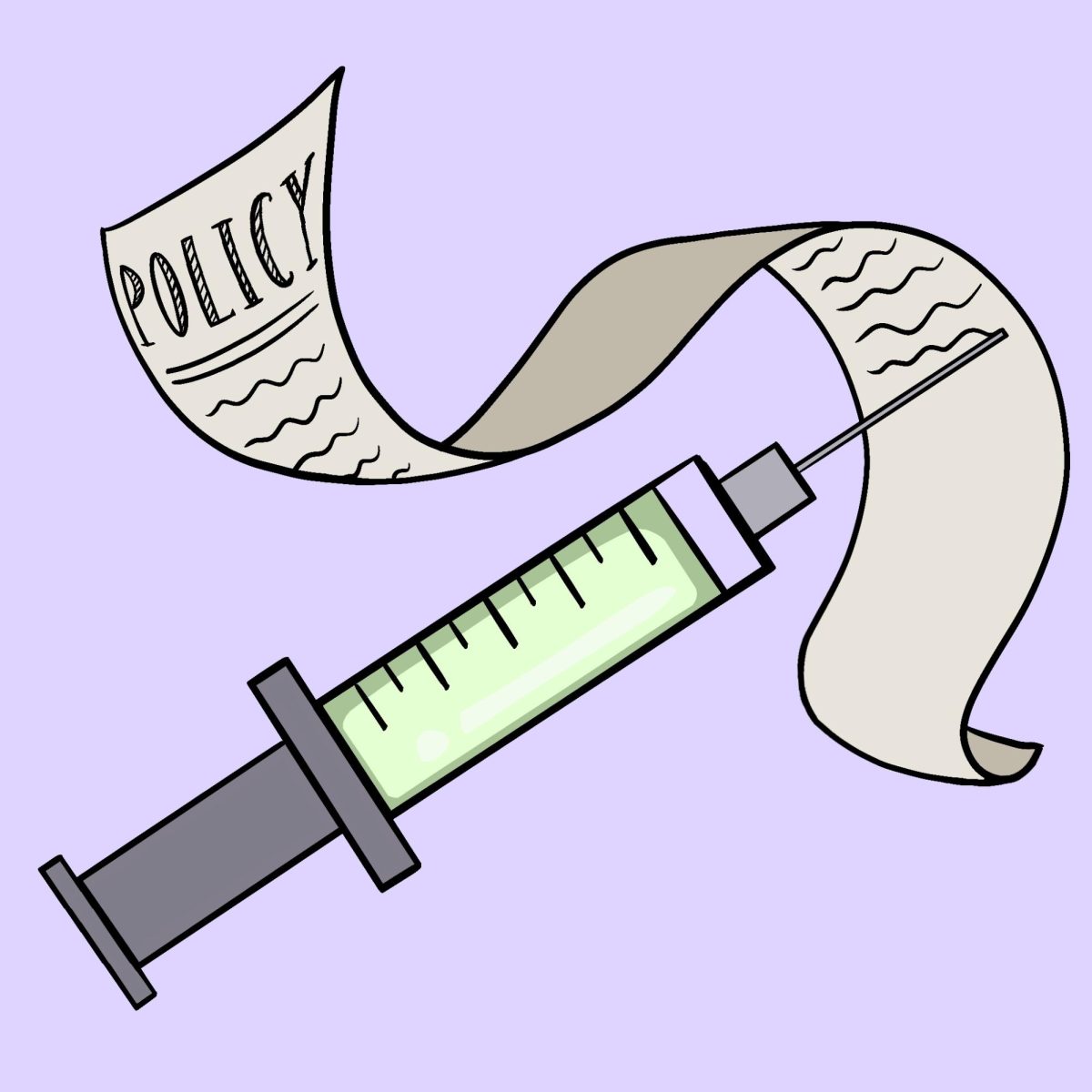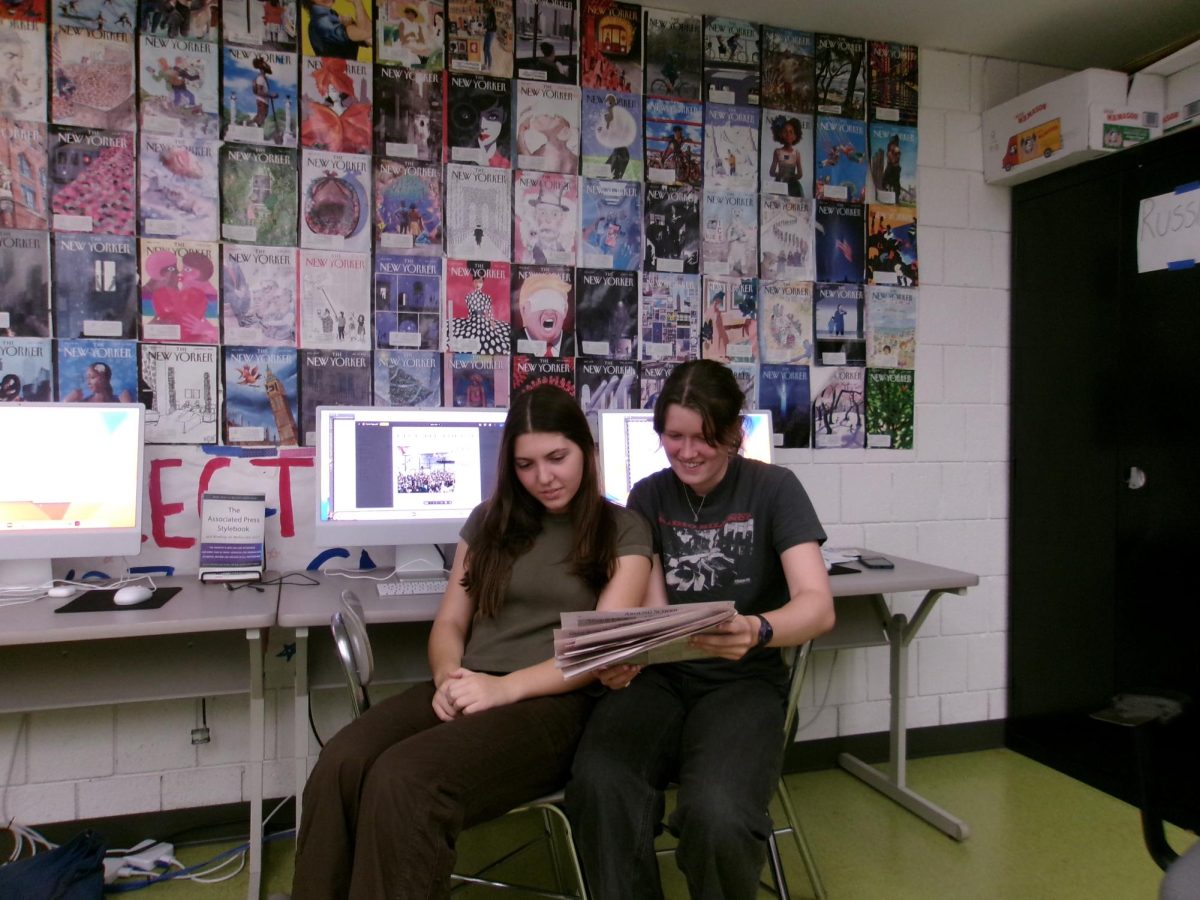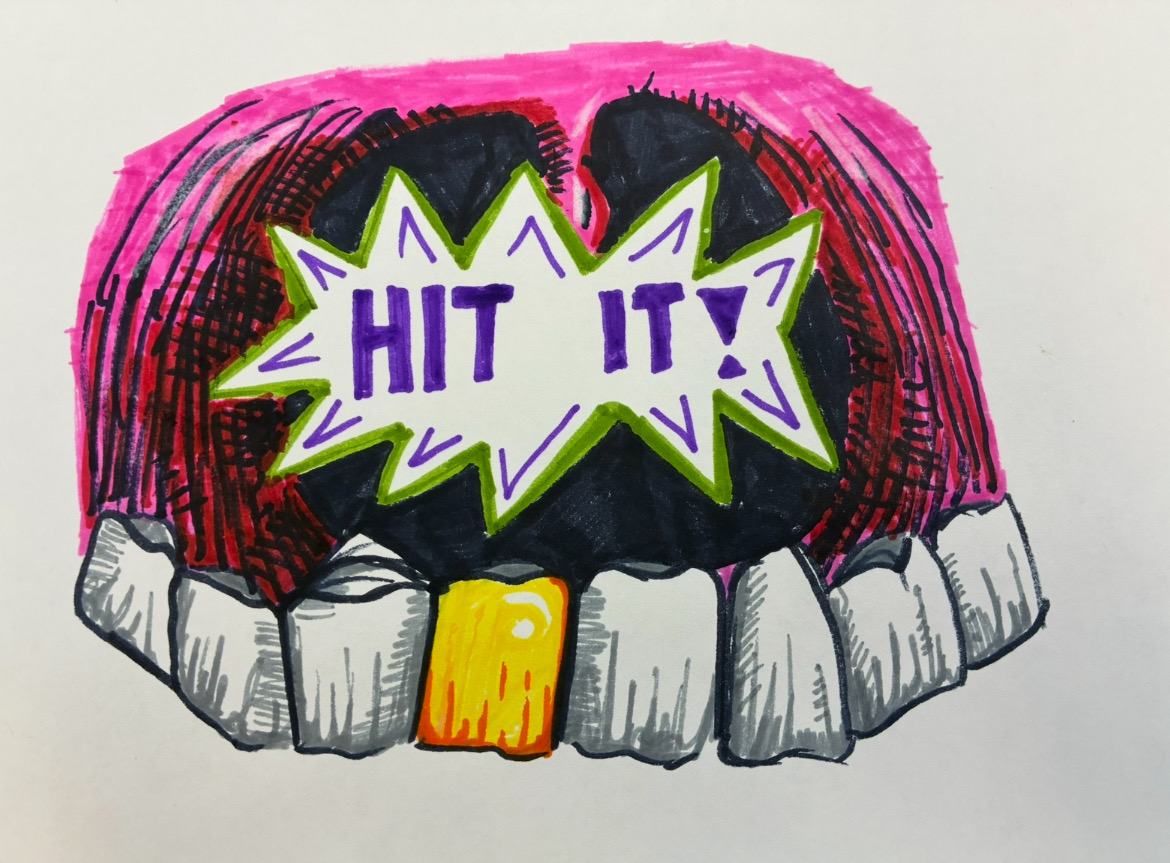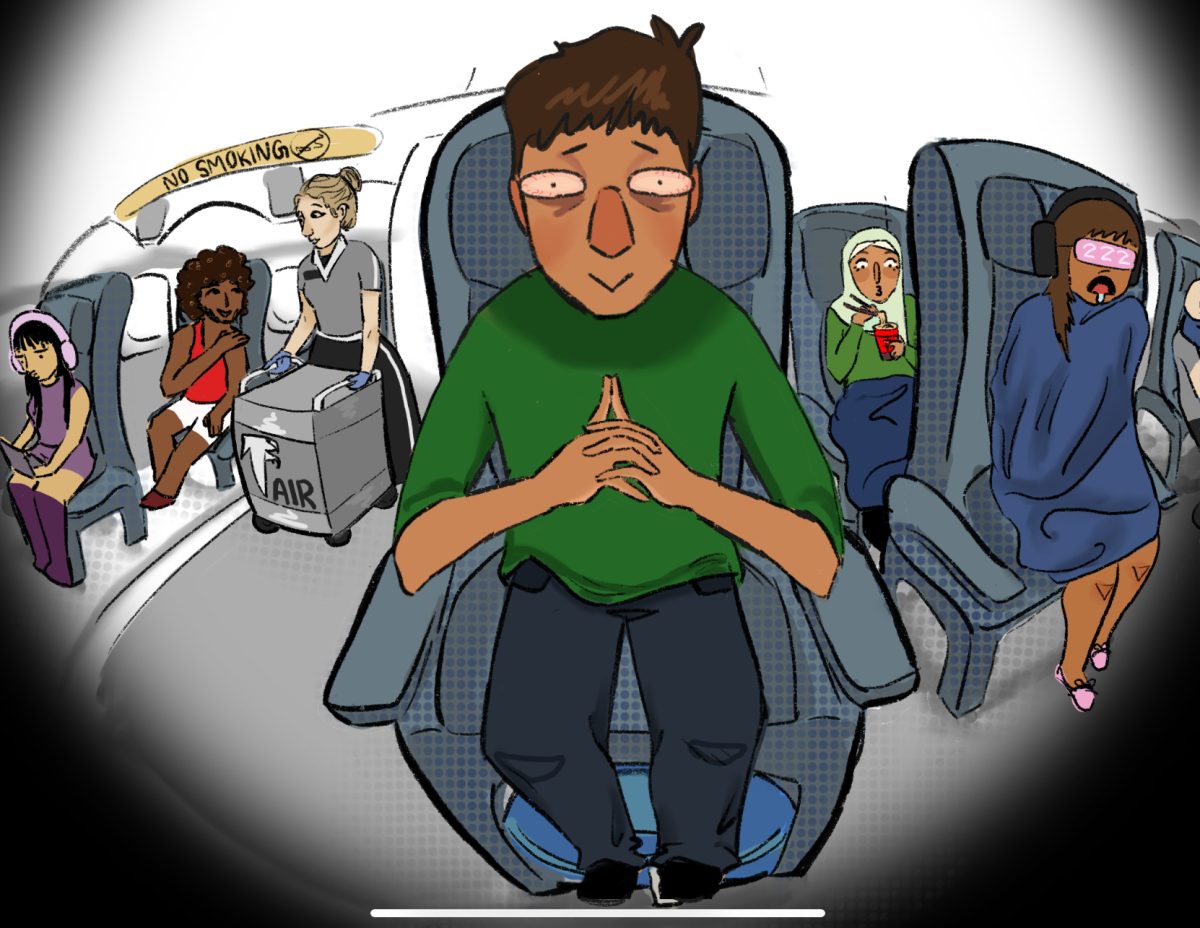“Some people are afraid of what might happen out here today. Who gives a shit? There’s a coup. If people stayed home ‘cause they were scared during the Civil Rights Movement, we wouldn’t have any rights to fight for today.” This is what Mary, the founder of Western Mass for Black Lives, said to the Register Forum.
It was Wednesday, February 5th, and the steps of the Massachusetts State House were packed with people—all feeling a mix of outrage, desperation, hope, and fear. The one thing that bound them together was a sense of restlessness, which thickened the chilly air.
What started as a small group quickly swelled to a crowd of hundreds. Signs with bold messages like “Save Our Democracy” and “Reject facism” were raised among the sea of people. As the march continued down the street, chants rose from the crowd: “Hey hey, ho ho, this Nazi shit has got to go” and “The people united will never be defeated!” The energy only grew stronger.
This was not just a Boston protest. It was one of 50 protests in every state across the country promoted by the hashtag #50501 online. The hashtag represents 50 protests in 50 states on one day, symbolizing a nationwide movement for change. In Boston, the crowd was diverse and largely made up of older people. It was a mix of students, families, activists, long-time residents, and long-time dissidents of the Trump administration.
The protest stretched from the front of the State House, into the streets, and down Beacon Street. People packed the sidewalks on both sides, flanked by watchful Boston and Massachusetts State Police. The Register Forum decided then to interview people throughout the crowd, asking just one simple question: “Why are you here today?”
“Our democracy is being threatened,” Mary, 73, told us.
“For older people, we’ve relied on Social Security for years,” Jude explained. “I’m very worried about Social Security, Medicare, Medicaid, and support for people with disabilities, especially with everything Trump is doing. They want to cut education funding,” Jude said, referring to Trump’s executive orders. “And [he] even shut down the Department of Education.” She shook her head, incredulous. “He’s trying to take us back to the 1800s.”
Mary added, “If you want to make America great again, you have to invest in education—and right now, education is being chopped off at the knees. The government is removing history from their education, denying them their right to know how we got here. Good or bad, they have the right to understand.”
Both Mary and Jude also expressed concern over the political division in the country, which they believed was making it harder to unite against what they saw as dangerous policies. “I’m upset because we’re so divided, Democrats and Republicans,” Jude said. “We need to come together. That’s the only way we’re going to defeat Trump.”
The Register Forum spoke to a group of friends Charlie,19, Shar,18, and Ash 18—who shared their own reasons for joining the protest. Charlie, originally from Poland, spoke passionately about the national rise of authoritarianism. “I learned about fascism and the Holocaust very early on,” she said. “I don’t want to see it happen again, and I’m scared we’re heading in that direction.”
Shar, a trans woman, fears for her rights. “A lot of the stuff he’s doing is affecting lots of trans people and could be affecting me soon enough, and it’s something I’m very scared of and trying to prepare for. This is a fight against evil.”
Ash, who identifies as trans and nonbinary also voiced similar fears “I deserve to live, and I deserve to be safe. So many people in this country are being threatened by Trump and his policies and Project 2025, and they also deserve to live and be safe.”
Project 2025 is a proposed agenda written by many of Trump’s allies (including Vice President JD Vance) to restructure the federal government. Many argue that its policies could reduce civil rights protections.
Jamie, 26, spoke about the need to protect marginalized groups: “I’m here to defend the rights of immigrants in this country, the rights of queer people, and to reject the fascism which is growing in our country.”
The term fascism has entered popular liberal media circulation at greater levels since Trump entered office. The word Fascism is a far-right authoritarian ideology, historically associated with regimes like Nazi Germany. The use of “fascism” in this context has been extremely controversial. Some Americans say that labeling some of Trump’s actions as fascist is untrue and overly divisive. For many of the protesters on February 5th, however, it seems that it accurately describes what they feel is the erosion of democratic values under the current administration.
One of these protestors was Anthony, 65, carrying a sign that read ‘America doesn’t need a dictator.’ “I think it’s a shame that the younger generation is going to have fewer rights than we had,” Anthony told the Register Forum. “I’m not doing this for me, I’m doing this for my grandchildren and my children.”
David, 43, who follows aviation news, criticized Trump’s priorities, particularly regarding national security and public safety. In recent years, the aviation industry has faced staffing shortages, including a lack of air traffic controllers, raising concerns about travel safety.
“He said he was going to make America great again, and on day one, did he make America safer? Did he say we need to hire more air traffic controllers? No, he pardoned 1,600 people that beat up cops.” David is referring to President Trump’s mass pardon of those involved in the January 6th insurrection. Among those pardoned were individuals convicted of violent crimes, including many who had assaulted law enforcement officers.
Tim, 23, is an undergraduate student at Boston University. He spoke to us about the importance of checks and balances in the face of political chaos. “Our Republic is failing, and Congress isn’t doing their job.” He continued, “If Republicans truly care about this country, they need to put the country over Trump—otherwise we will lose our democracy and everything that makes America worth fighting for.”
Sean, 44, is a veteran, and carried a sign that said ‘Veterans Against Trump” in bright red letters. His frustration reflects a growing concern among veterans over policies affecting them, such as proposed cuts to VA healthcare, the politicization of military service, and the treatment of veterans in political rhetoric. In recent years, reports have shown rising homelessness among veterans, delays in healthcare services, and controversial comments about military service members, all fueling discontent. “Being out here today, with all these people, is about defending what I swore to protect. I see the way this country’s going. I never thought I’d see it get to this point.” He paused and scanned the crowd. “It’s important to just be out here, you know. We can’t just sit back and let it happen.”
By the end of the protest the atmosphere had shifted. At first, it felt like people were united in their frustration and in their fear, which turned into a sense of empowerment and even joy. There was a sense of determination among the crowd, with many prepared to respond to whatever unfolded next. The crowd began to sing, dance to the drumming, and continued to chant in unison. CRLS student Sam Rosenberg ’25 led the crowd in a new chant: “No Trump, no KKK, no Fascist USA.”
This article also appears in our February 2025 print edition.

